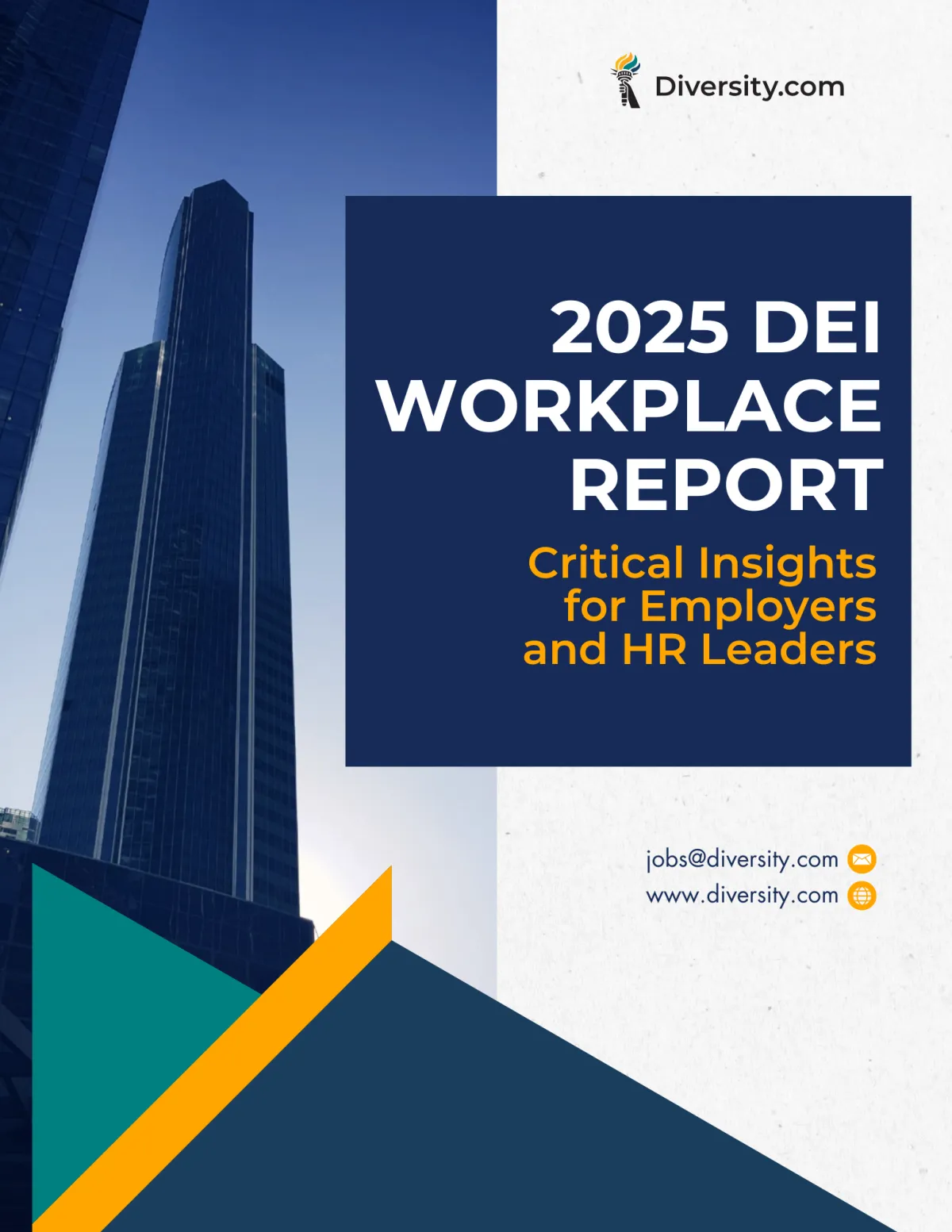
Invisible Disabilities in the Workplace: How Inclusive Employers Can Provide Real Support
Recognizing Challenges Beyond the Surface
Diversity efforts often focus on what can be seen: race, gender, age, and physical ability. But some of the most significant barriers employees face are invisible.
Chronic illnesses, mental health conditions, learning differences, and neurological variations may not be immediately apparent, yet they deeply impact how individuals experience the workplace.
True inclusion requires looking beyond what is visible. Invisible disabilities must be part of any serious DEI strategy, because equity is incomplete when people have to hide essential parts of themselves just to survive at work.
What Are Invisible Disabilities?
Invisible disabilities include any physical, mental, or neurological condition that is not readily apparent but affects daily activities. Examples include:
Chronic illnesses such as lupus, fibromyalgia, or Crohn's disease
Mental health conditions like depression, anxiety, or PTSD
Neurological differences such as ADHD, autism spectrum disorder, or dyslexia
Autoimmune diseases, migraines, and sensory processing disorders
These conditions may impact energy levels, communication styles, cognitive processing, emotional regulation, and physical stamina.
Yet because they are not always visible, they are often misunderstood, dismissed, or ignored.
Why Invisible Disabilities Are a DEI Issue
Inclusion cannot be based only on what is seen. Employees with invisible disabilities often face unique barriers that go unaddressed:
Skepticism and Disbelief: Workers may be accused of exaggerating symptoms or "faking it" because their disability is not visible.
Stigma and Fear of Disclosure: Many avoid disclosing their condition due to fear of bias, missed promotions, or job loss.
Lack of Accommodations: Without understanding or visibility, workplaces often fail to offer the flexibility or support these employees need.
Mental and Emotional Strain: The burden of masking, overcompensating, or enduring microaggressions takes a heavy emotional toll.
According to the Invisible Disabilities Association, over 10% of Americans live with an invisible disability (Invisible Disabilities Association, 2024). Ignoring these realities means marginalizing a significant portion of the workforce.
How Employers Can Support Employees with Invisible Disabilities
Create a Culture of Trust: Normalize conversations about accommodations and mental health. Make it clear that disclosure will be met with support, not skepticism.
Offer Flexible Work Options: Flexible hours, remote work, and asynchronous communication can be life-changing for employees managing health conditions.
Train Managers on Disability Awareness: Ensure leadership understands the range of disabilities, including those that are not physically visible.
Review Policies and Practices: Audit leave policies, performance evaluations, and workplace expectations for hidden bias.
Provide Private Paths to Request Accommodations: Confidential, low-barrier accommodation request systems protect employee privacy and dignity.
Inclusion Means Valuing What You Cannot See
Equity demands that we move beyond the surface.
If a workplace only supports those whose challenges are immediately visible, it is not truly inclusive. Recognizing and supporting invisible disabilities is essential to building organizations where everyone has a real chance to thrive.
When employees do not have to hide parts of themselves, they can focus their energy on contributing, collaborating, and creating.
How Diversity.com Helps You Build a More Inclusive Workforce
At Diversity.com, we connect forward-thinking employers and job seekers who are committed to inclusion, equity, and creating meaningful change across all dimensions of diversity.
Whether you are strengthening your DEI strategy, expanding career opportunities, or building cultures where all identities and experiences are valued, we provide the tools, resources, and insights you need to lead with purpose.
For Employers & HR Leaders:
✔ Create a free employer account — Post open roles and hire with intention. Choose from flexible options: single listings, job credit packs, or subscription plans.
✔ Access a diverse talent network — Connect with professionals across backgrounds, experiences, and identities to drive workplace innovation.
✔ Stay ahead with DEI insights — Explore timely articles, hiring best practices, and workplace inclusion trends.
For Job Seekers:
✔ Search jobs with inclusive employers — Find opportunities where equity, belonging, and authenticity are priorities.
✔ Create a free job seeker account — Apply to roles that align with your values, experiences, and aspirations.
✔ Learn more about workplace inclusion — Access tips, resources, and real-world guidance to navigate your career with confidence.
We believe in a future where every career journey and every hire moves us closer to true equity.
Start building with Diversity.com.
If you have any questions or need assistance, feel free to Contact Us Here. Our dedicated support team is ready to help!
Related Articles
Understanding Privilege Without Guilt: What It Means for Equity in the Workplace
Neurodiversity in the Workplace: Supporting Neurodivergent Employees and Inclusive Hiring Practices
First-Gen Professionals and the Workplace: Resilience, Barriers, and Equity in Action
Addressing Ageism: Valuing Experience in the Modern Workplace
The Intersection of Socioeconomic Status and Career Advancement
Mental Health and DEI: Why Inclusive Workplaces Must Prioritize Well-Being
Single Parents in the Workforce: Addressing Caregiving Bias in Inclusive Workplaces
Women and DEI: Advancing Gender Equity and Building Inclusive Workplaces
Veteran Hiring and Military Spouse Inclusion: Building Equitable Civilian Workplaces
Career Transitions and DEI: How Inclusive Workplaces Enable Mid-Career Reinvention
Cultural Competence in DEI: Building Inclusive, Globally Aware Workplaces
2025 Shareholder Votes Reject Anti-DEI Proposals at Levi’s, Goldman Sachs, and More
Sources & References:
Invisible Disabilities Association. (2024). What is an Invisible Disability? https://invisibledisabilities.org/what-is-an-invisible-disability/

